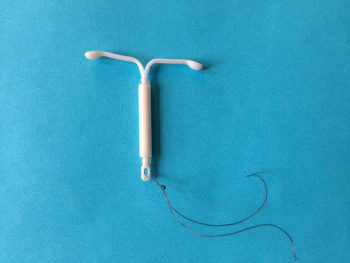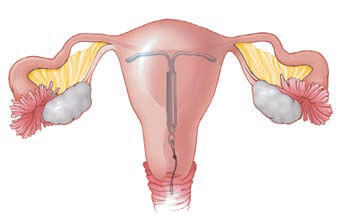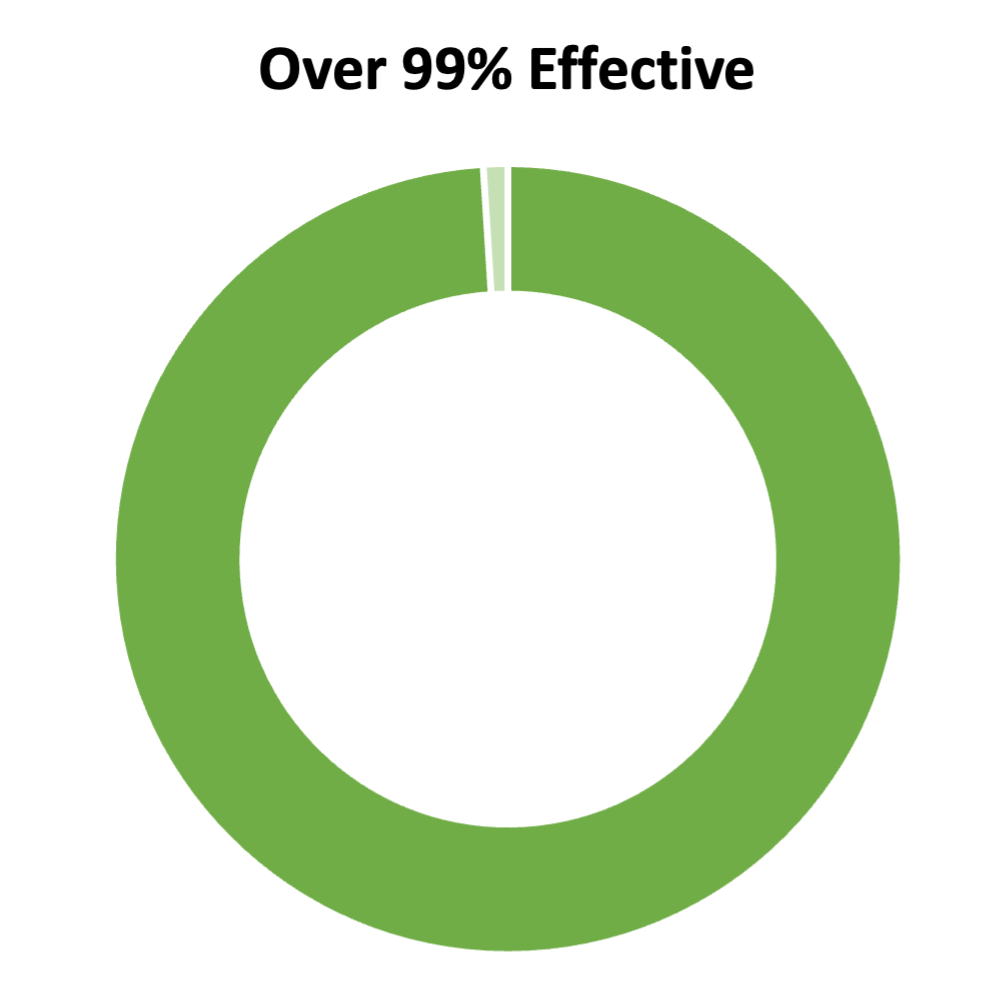Hormonal IUD
Quick Facts
Most effective
Lighter periods
Effective for 3 to 8 years
Long-Acting Reversible Contraception
Doesn’t reduce your chance of getting an STI

More About Hormonal IUDs
- IUD stands for intrauterine device.
- The IUD is a small T-shaped piece of plastic that is placed in your uterus.
- If you don’t want to worry about taking birth control, an IUD can be a great choice.
- There are four kinds of hormonal IUDs in the U.S.: Mirena, Kyleena, Skyla, Liletta. Each is a little different in terms of how much hormone it releases.
- Mirena and Liletta work for up to 8 years.
- Kyleena works for up to 5 years.
- Skyla works for up to 3 years.
- IUDs are reversible. You can have the IUD taken out at any time if you want to get pregnant.
- You don’t need to do anything before you have sex.
- Most people have lighter, shorter periods with the hormonal IUD. After 3 to 6 months, your periods may stop altogether.
- Hormonal IUDs help decrease menstrual cramping.
- The IUD does not reduce your chance of getting HIV or other sexually transmitted infections (STIs).
How the Hormonal IUD Works
The hormonal IUD thickens your cervical mucus which blocks sperm from getting to the egg. If sperm can’t get to an egg, you can’t get pregnant. The IUD may also stop eggs from leaving the ovaries. No egg, no pregnancy.
The first step to getting an IUD is to make an appointment. Your Family PACT provider will talk with you and give you a pelvic exam to make sure the hormonal IUD is right for you. If you decide to have an IUD placed, it can be inserted during an office visit. That’s it!
You may feel some cramps or get dizzy when you first get an IUD. This should go away with rest or pain medicine.
Once the IUD is in, you should check once a month for small strings that hang down in your vagina. The strings are there so the IUD can be taken out later. Don’t pull on the strings or you could move the IUD out of place. If you don’t want to check for the strings yourself, your provider can do it for you one month after you get the IUD and once a year after that.
You will need to use a backup method of birth control for the first week after a hormonal IUD is put in.


Effectiveness
The hormonal IUD is more than 99% effective at preventing a pregnancy. This means that less than 1 out of 100 people who use this method will get pregnant in a year.
It is one of the most effective kinds of birth control. Unlike most other methods, you don’t have to do anything once the IUD is in. Some medications may make the hormonal IUD less effective. Talk to your provider to see if this method will work for you.
Benefits
- You don’t have to remember to take it every day.
- It doesn’t interrupt the heat of the moment.
- Most people have fewer, lighter periods. After 3 to 6 months, some people have no periods at all.
- Your birth control is taken care of for 3 to 8 years.
- It can be used while breastfeeding.
- It can be used by people who can’t take estrogen.
Your provider can talk with you more about these benefits and whether the hormonal IUD is the best choice for you.


Side Effects
You may have some cramps in the first few minutes after the IUD is put in. Some people get cramps and backaches for a few days after the IUD is put in. Some people have irregular periods or spotting between periods. Usually, this happens in the first few months of having an IUD.
Most side effects go away on their own, so give it some time. If you have side effects that don’t improve after 3 months, talk with your Family PACT provider about switching to something that works better for you. Just make sure to switch to a new method right away.
IUDs don’t reduce your chances of getting HIV or other STIs. Condoms and internal condoms are great at reducing your chances of getting an STI. Consider using condoms as well as your IUD.
Very rare serious side effects are:
- The IUD can slip out of the uterus without you knowing it.
- You can get a pelvic infection.
- The IUD can tear the muscle of the uterus.
Family PACT Coverage
If you are eligible, Family PACT covers the cost of the hormonal IUD. A provider can help you decide if a hormonal IUD is the best choice for you.